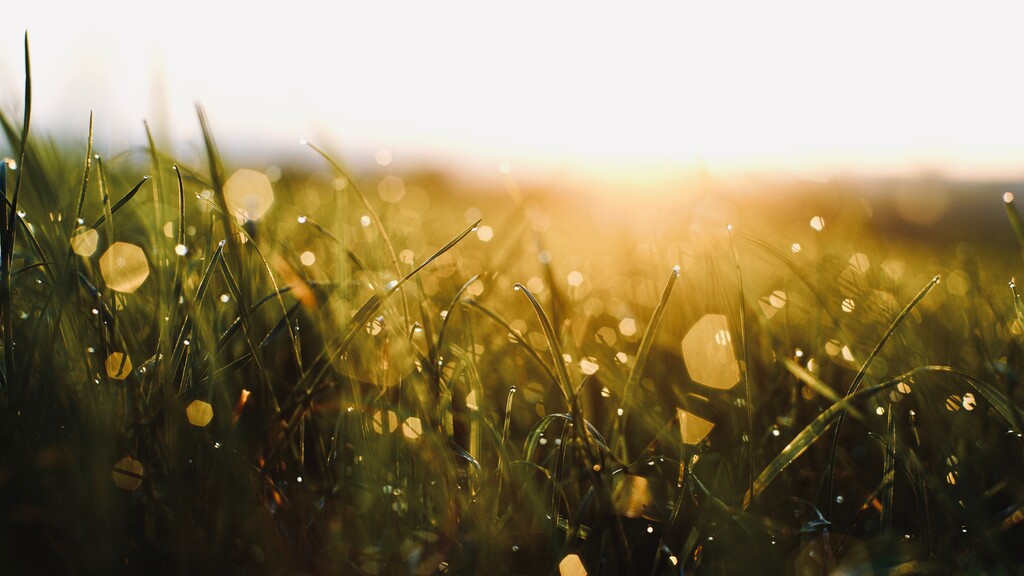Detail: Fruit orchard near Limburg
The eagle owl
Typical hunting grounds for eagle owls cover approximately 40 square kilometres. The sedentary species occupies a richly structured landscape with forested as well as open land, such as the fruit orchard in Steeden. In Europe, the owl occurs primarily in mid-range mountains and the alps.
With its 60 to 75 cm length and a wingspan of 160 to 170 cm, the eagle owl is the biggest European owl. It is almost as large a the golden eagle, which is why the owl is also called „king of the night“.
Females larger than males
Eagle owl females are considerably larger than the males and weigh on average 2.600 gram – males only weigh about 1.900 gram. The eagle owl has noticeable feathery ear-tufts and bright orange eyes. Its plumage is auburn with dark stripes, the breast lighter than the back.
The eagle owl hunts primary at dusk and at night. Whilst raising its chicks, however, the eagle owl also hunts at daytime.
7 breeding pairs in Limburg-Weilburg
HGON has guarded the eagle owl aerie throughout the breeding seasons, every year from 1977 to 1985. The intensive protection and raising of awareness by HGON have led to the eagle owl's acceptance by sceptics and local hunters.
Every year eagle owls breed in the stone quarry near the fruit orchard. Overall, 7 pairs of eagle owls breed in the region of Limburg-Weilburg.
Join us and help us to buy more land for nature!
